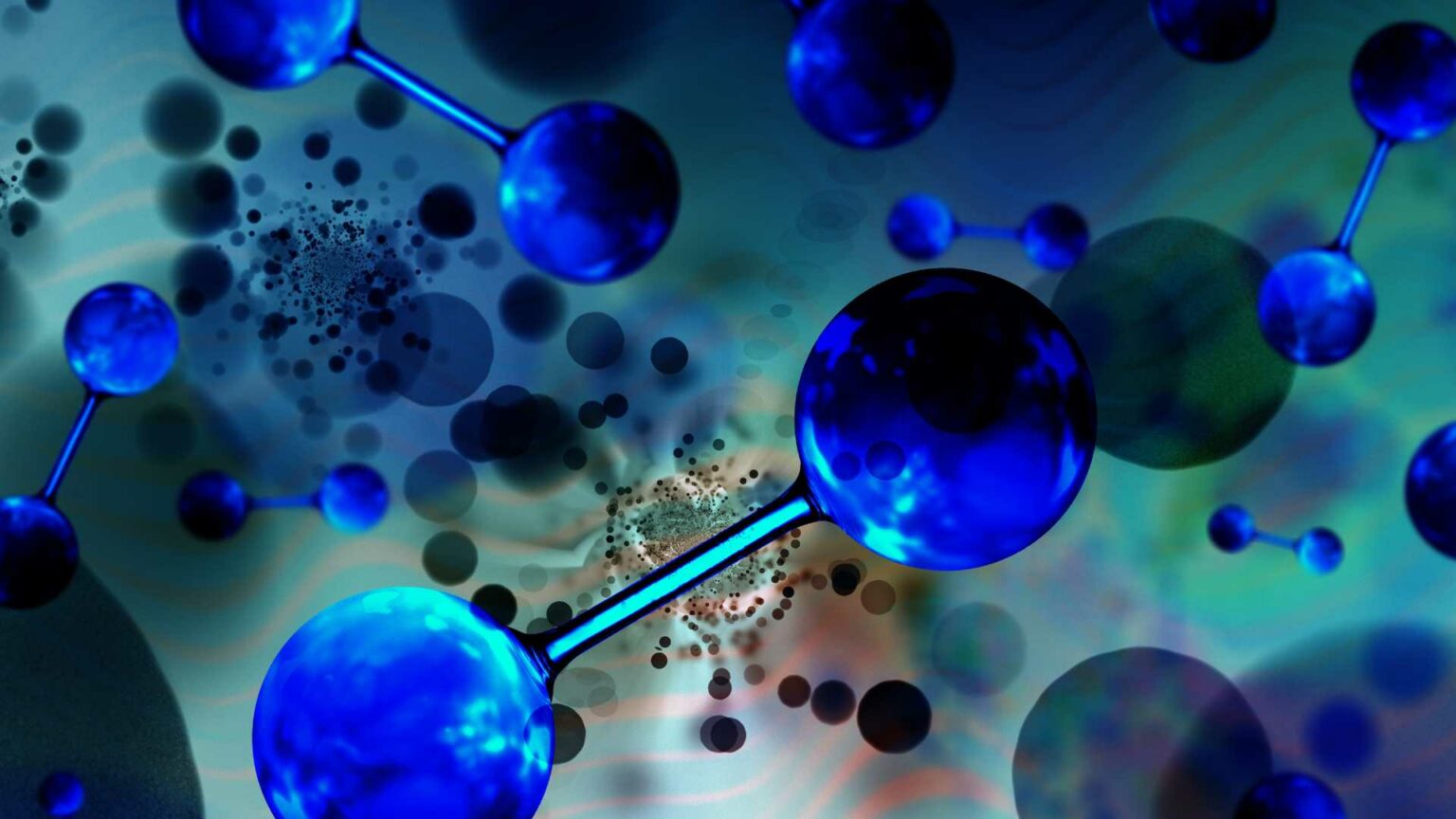Sinopec, the Chinese oil giant, has acknowledged ongoing issues at its 260MW Kuqa green hydrogen project in northwest China.
The project, situated in the Xinjiang region and touted as the world’s largest, is encountering technical problems that are expected to persist until late 2025, according to exclusive findings by research house BloombergNEF (BNEF).
The alkaline electrolysers, supplied by various Chinese manufacturers, are at the heart of the problem, preventing safe hydrogen production when operating at less than 50% of their maximum output. With 361MW of solar power and additional wind energy in the mix, the electrolysers are currently operating at approximately 20% of their planned capacity. This discrepancy has resulted in significantly lower production levels compared to the projected 20,000 tonnes of green hydrogen annually.
Responding to BNEF’s findings, Sinopec issued statements on Christmas Day via Weibo, a Chinese social network website, attempting to alter the narrative surrounding the Kuqa project. The company highlighted operational hours and the transportation of 22.36 million cubic meters of green hydrogen to the subsidiary, Tahe Refining and Chemical. However, this amounted to just over 2,000 tonnes of green hydrogen in nearly six months, constituting roughly 20% of the project’s expected output.
Sinopec’s statements implied that the resolution of Kuqa’s problems would extend beyond 18 months, pushing the project’s completion more than two years behind schedule. Interestingly, the blame was shifted to Sinopec Tahe, the project’s offtaker, suggesting the subsidiary was unprepared to receive the produced hydrogen. BNEF analyst Xiaoting Wang countered this claim, revealing that Tahe had shut down its grey hydrogen production facility to accommodate green hydrogen, expressing dissatisfaction with the Kuqa facility’s inability to meet desulphurization needs.
While Kuqa grapples with challenges, Sinopec’s larger green hydrogen project in Ordos, Inner Mongolia, is under construction and poised to surpass Kuqa’s capacity. Additionally, the company has announced a significant green hydrogen project in Inner Mongolia, featuring a new 400km pipeline to transport 100,000 tonnes of hydrogen annually to Beijing.





